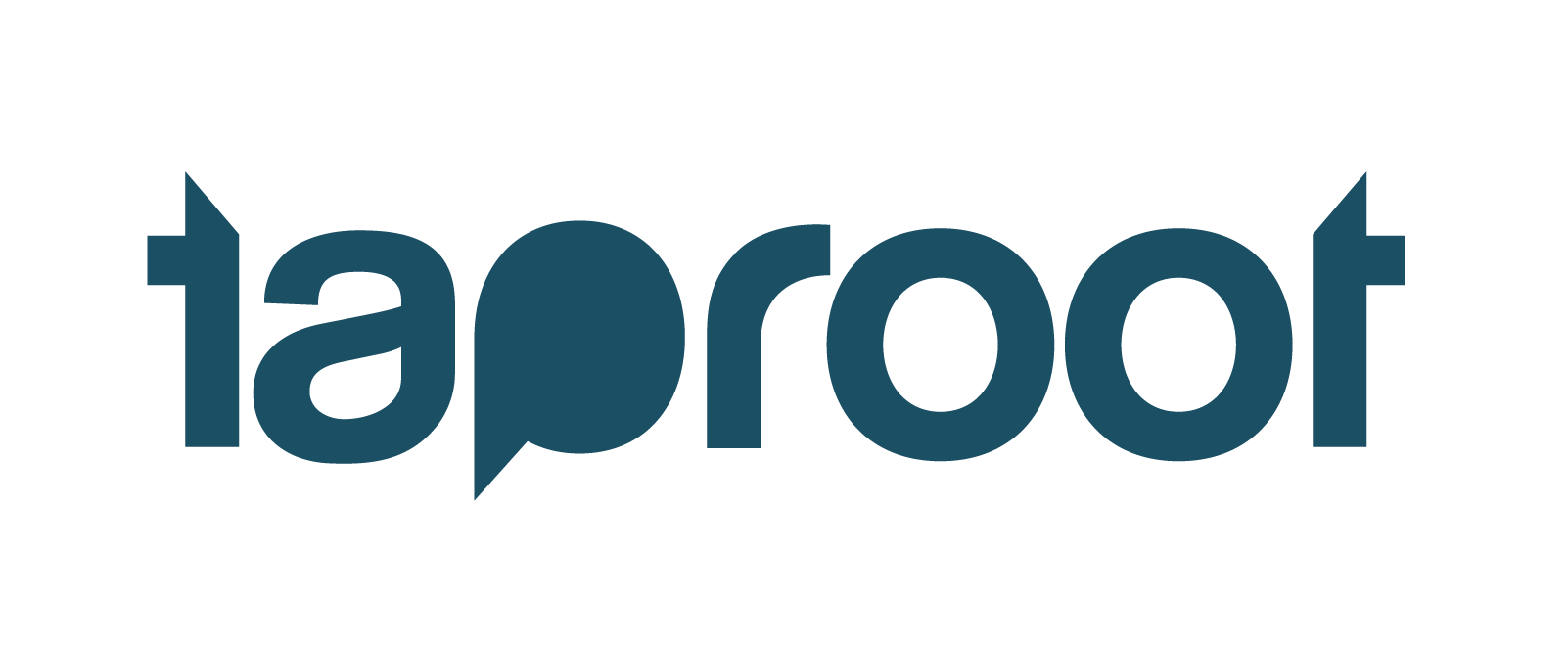Inequity in the Nonprofit Funding Gap: How Strategic Pro Bono Can Help Counter Systemic Inequity
There is a funding gap in the nonprofit world—a gap that is deepened by systemic inequity, particularly for nonprofit leaders of color. Pro bono is one tool we can use to help bridge that gap.

Register now to join us for our Pro Bono Week webinar Inequities in the Funding Gap (Tuesday, October 27, 3 p.m. ET / 12 p.m. PT), where we’ll explore systemic inequities in philanthropy and how strategic pro bono support can be used to counter them.
It’s widely known that there is a funding gap in the nonprofit world—that traditional grant funding often only accounts for a small percentage of what a nonprofit requires in order to run successfully. We’ve discussed this problem before, and how pro bono can be used to help provide some relief. But discussions about the funding gap are incomplete if they do not include the fact that it is made wider and deeper by systemic inequities, particularly those facing nonprofit leaders of color.
Leaders and Communities of Color Face Greater Challenges
Systemic obstacles reinforce inequitable access to funding for organizations led by people of color. According to the Black Social Change Funders Network project The Case for Funding Black-Led Social Change, “bias against Black-led organizations has fed a false narrative about their effectiveness and worthiness for investment. ‘Foundation redlining’ of Black-led organizations—fueled by explicit and implicit bias—has been an unspoken reality for decades.”
It’s also become clear that funding is often more closely tied to a nonprofit’s relationships than it is to the effectiveness of its programs. Research shared by The Chronicle of Philanthropy shows that full cost coverage from grants has been demonstrably linked not to the impact of a nonprofit’s program on its community, but to the nonprofit leader’s “social and relationship capital” and access to “sophisticated financial workarounds.”
Access to these non-financial resources is frequently tied to a nonprofit leader’s positions of privilege. According to the Building Movement Project, one of the many systemic barriers reported by nonprofit leaders of color was a “lack of social capital/networks, and the need for relationships with funding sources.” Leaders of color work at a compounding disadvantage: less access to grant funding sources—the same grant funding that already often doesn’t cover a nonprofit’s full costs adequately—as well as less access to ameliorating workaround resources.
The Role of Pro Bono in the Work Ahead
As a sector we have to stop depending on biased funding systems that force nonprofits to rely on privilege for survival. We must stay committed to tearing down inequitable systems and creating inclusive systems instead. While this big-picture work moves forward, we must also look for ways to lift up organizations and leaders that have borne the brunt of systemic inequity.
At Taproot Foundation our focus is ensuring that organizations, regardless of their size or status, can access pro bono resources that build their capacity and fulfill their missions. Pro bono can pick up where funding falls short, giving nonprofits stunted by systemic biases professional-grade services and a fighting chance.
Traditional “indirect” or “overhead” costs are a perfect example—these critical infrastructure needs are remarkably under-funded and have a major impact on an organization’s effectiveness and reach. According to a Taproot Foundation study, nonprofits report that their greatest under-funded needs include marketing, HR, IT, and strategy. These are all integral to a nonprofit’s success, all among the areas often capped by grants, and all areas of organizational need that we’ve seen effectively addressed through pro bono again and again. An outstanding 95% of nonprofit respondents to the same study reported that the pro bono services they received improved their organization’s effectiveness in resource-savings, efficiency, and quality of operations or services.
Getting just a few high-impact professional services at no charge can mean an under-resourced nonprofit is able to survive setbacks and meager funding, and potentially even begin to grow and thrive. Pro bono does much more than alleviate the need to pay for (or get by without) a necessary investment—when used strategically, it can fundamentally change an organization’s ability to drive impact. When organized and coordinated thoughtfully, it can be a tool in the effort to build a more equitable nonprofit sector.
How can we get there as a sector?
There is work to be done at all levels to counter existing inequalities and build more equitable systems in the nonprofit world. Recent reports have put a spotlight on systemic inequality and how it leads to underfunding nonprofits lead by people of color, as well as how the “overhead” funding gap is a compounding factor that further harms these organizations. Emboldened by that research, every change we work toward must be made with a focus on building real equity into our sectors’ systems.
While pro bono alone cannot reverse these high-level systemic challenges, it can be an accessible and even essential tool for addressing organizations’ needs when funding falls short. Pro bono can and should play a major role in filling the gap between the cost of nonprofit operations and the funding available.
At Taproot we start by asking ourselves questions: What impact could we have? How could pro bono be used to counter systemic inequity? What can we do to ensure more underserved organizations can access high-quality pro bono?
We have been—and remain—committed to making pro bono service a resource that can be available to all social good organizations who need it. Part of that commitment was launching our online platform Taproot Plus five years ago, and designing it from the very start as a free, open-access virtual platform. Through Taproot Plus, organizations can connect to a network of over 75,000 business professionals who are ready to provide pro bono services—regardless of an organization’s connections to corporate board members or status as grantee of a major foundation.
We’re proud of the work we’ve done so far, using our expertise in pro bono as a tool to help change the system at large. But as the research shows, there is no shortage of work to be done or systems to be changed. While pro bono alone cannot complete the work of building a new and more equitable nonprofit world, it is one tool we can use to help us get there together.
Register now to join us for our webinar Inequities in the Funding Gap (Tuesday, October 27, 3 p.m. ET / 12 p.m. PT).
If you represent a nonprofit and are interested in getting pro bono support, you can read more about Taproot Plus and get started here.
If you’d like to discuss how equity and inclusion can be a part of your team’s pro bono service program, we’d love to talk to you.

